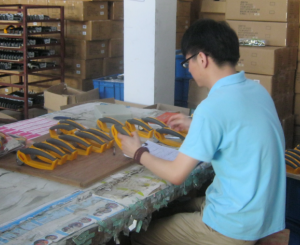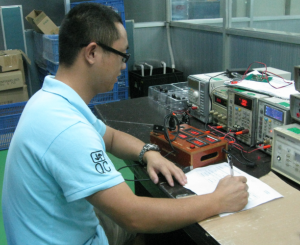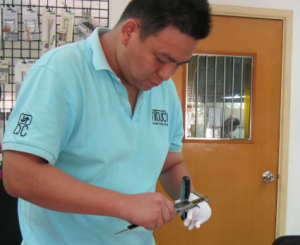The term "ceramics" covers a wide range of product categories. From a scientific standpoint, ceramics are an inorganic, refractory and nonorganic material that is divided into two classes: the traditional ceramics which includes cement clay products and silicate glass; and the advanced ceramics that are corrosion and heat resistant, and is composed of pure oxides, nitrides, non silicate materials, and carbides.
Ceramics are used to manufacture hundreds of products in the following fields:
- Medical– used in bone implants, dental restoration, joint replacements and prosthesis.
- Automotive– used in the manufacturing of ceramic filters, valves, catalytic converters, airbag sensors, safety glass, piston rings, windshields, thermistors, oxygen sensors, ceramic sensors, pressure sensors, vibration sensors, and valves.
- Computers– used in capacitors, microelectronic packaging, resistors, ferroelectric components, superconductors, and insulators.

- Aerospace– used in engineering thermal barriers, fuel cells, space shuttle tiles, and high temperature glass windows.
- Military– used in missiles, structural components for air, naval, ground vehicles, and sensors.
- Consumers – used in pottery, dinnerware, home electronics and appliances, lenses, ceramic tiles, windows, glassware, magnets, microwave transducers, and lenses.
InTouch is the industry leader in inspection and quality control services for ceramic products in China. In development of our ceramic inspection and quality control protocols, only the current and most relevant international standards are considered. Below are some of these standards:

- ASTM C1161 - 02: The ASTM C1161 - 02 Test for the Flexural Strength of Ceramics. This test method describes the method of determination for the flexural strength of ceramic materials at an ambient temperature.
- ASTM C1421 - 10: The ASTM C1421 - 10 Test for determining the Fracture Toughness of Ceramics. The test methods determine precracked beam test specimen, surface crack in flexure, and chevron-notched beam test.

- ASTM C1368 - 10: The ASTM C1368 - 10 Test is used to determine the slow crack growth parameters of ceramics products by using a stress-rate rectangular beam flexural testing.
- ASTM C1285 - 02: The ASTM C1285 - 02 Test methods evaluate the chemical durability of glass ceramics, and multiphase glass ceramic waste forms by evaluating the concentrations of the chemicals released to a test solution.
- ISO 10545-1:1995: The International Organization for Standardization (ISO) 10545-1:1995 describes the standards for batching, sampling, inspection and rejection of ceramic tiles.
- ISO 15732:2003: The International Organization for Standardization for Fine ceramics developed the Test method for fracture toughness of monolithic ceramics.






